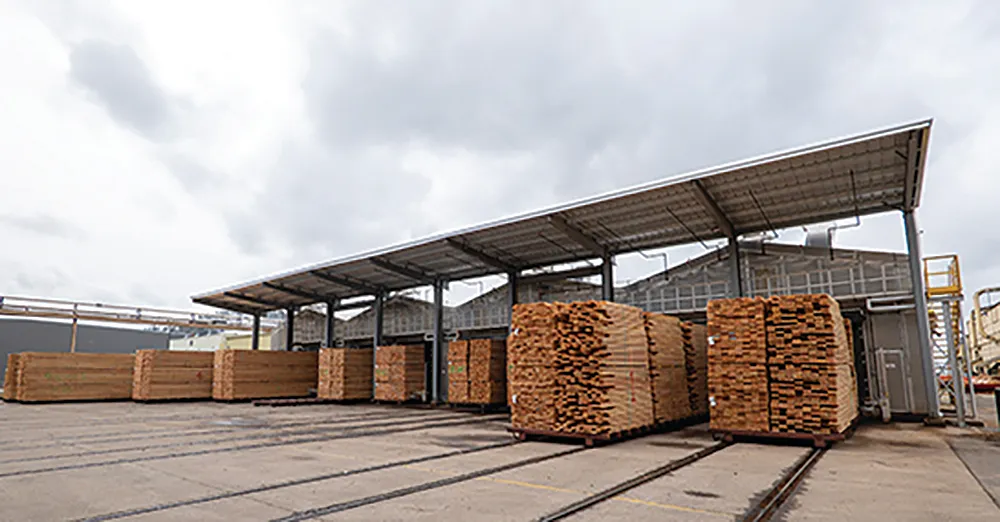Table of Contents
A shortage of skilled labor coupled with a growing distaste for big student-loan debts has led to a rebound in the number of high-school graduates opting to go to trade school instead of traditional college.
The news could be a boon for the forest products and the construction industres, which have suffered from labor shortages in recent years.
According to the National Student Clearinghouse, the number of students enrolled in vocational-focused community colleges increased 16% from 2022 to 2023. Meanwhile, the number of students studying construction at two-year undergraduate programs has risen 12% since 2021.
The Morning Brew’s Cassandra Cassidy tells why: “Four-year schools used to seem like the most straightforward path to a high salary, but with their costs going up, they also lead to a lot of debt. Meanwhile, a shortage in skilled workers has driven up workers’ earnings.”
She notes that, according to payroll provider ADP, median pay for construction workers rose more than 5% last year to $48,089, compared to $39,520 for new hires in professional services such as accountants and IT workers.
A recent study of young adults suggested that blue-collar jobs seem more secure than white-collar jobs due to fears that developments in generative AI technology could render some jobs obsolete.
Indeed, the trend has caught the eye of the Wall Street Journal, which over the past four years has run about a dozen articles like “More Students Are Forgoing College for Apprenticeships,” “Not Everyone Should Go to College,” “College Doesn’t Need to Take Four Years,” “Apprenticeships vs. College,” “Is This the End of College as We Know It?,” “Stop Calling It ‘Vocational Training,” and “Why Americans Have Lost Faith in the Value of College.”






